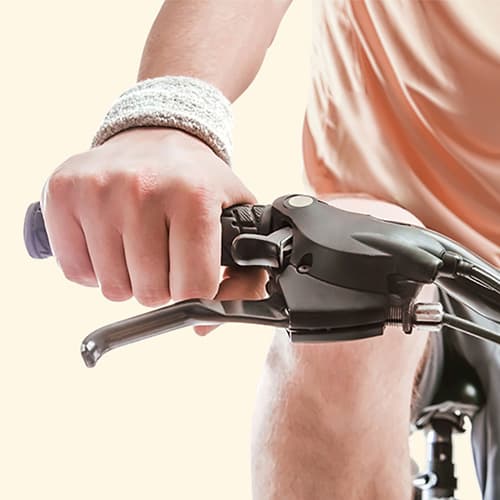Spider Veins
Overview
What are spider veins?
The Root Cause of Spider Veins
Chronic venous insufficiency is a medical condition wherein the vein valves collapse due to various factors, such as genetics, age-related wear and tear, hormonal changes, etc. The collapse of vein valves leads to backward blood circulation because of gravity, especially in the legs. Over time, blood continues accumulating in the leg veins, leading to vascular dilation. The pressure created within the veins eventually leads to the formation of spider veins that appear on the skin’s surface. This is an extremely common condition affecting 54% of women and 45% of men.
The formation of spider veins is often likened to the appearance of stains on a wall. When the pipes underneath the wall start leaking, stains appear on the wall’s surface. Spider veins are like stains appearing on the skin’s surface because of a leak in the deeper veins underneath the skin.
Risk Factors for Spider Veins
For that same reason, the risk of spider veins is higher in pregnant women and those undergoing hormone therapy. You also have a high risk of spider veins if you have a job that involves long periods of sitting or standing still, such as teaching, nursing, driving, and desk jobs. Other potential risk factors for spider veins include a history of vein problems, a history of deep vein thrombosis, birth control pills, and obesity. The risk of spider veins also increases as you get older.
Symptoms of Spider Veins
How are Spider Veins Treated?
Spider veins aren’t always caused by underlying vein disease, so they don’t always need to be treated. However, the appearance of spider veins also leads to self-consciousness and anxiety, so you should seek treatment for cosmetic reasons. You must also consult a reliable center for vein treatment in Maryland for a diagnosis because you may have underlying vein disease, in which case, spider vein treatment will become medically necessary. If you have spider veins without underlying vein disease, the vein doctor may perform sclerotherapy to remove the visible spider veins. But if you also have underlying chronic venous insufficiency, the vein doctor will have to address the root cause before removing spider veins.
The Best Spider Vein Treatments
The Maryland Vein Treatment Center always performs a thorough evaluation using ultrasound diagnostic techniques to determine the root cause of your spider veins. We perform ultrasound scans to determine if your spider veins are symptomatic of vein disease. If we treat spider veins without addressing the root cause, they will simply return later. Below are some of the best treatments for spider veins.
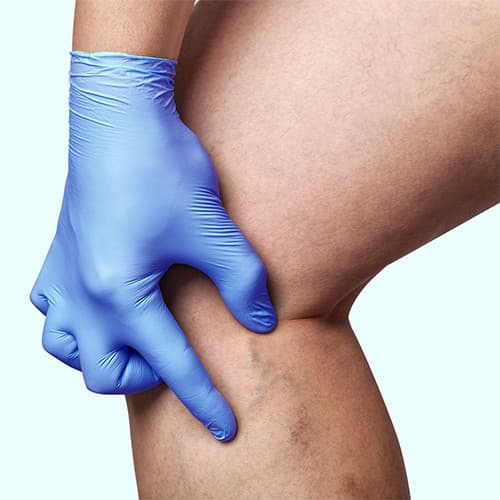
Sclerotherapy
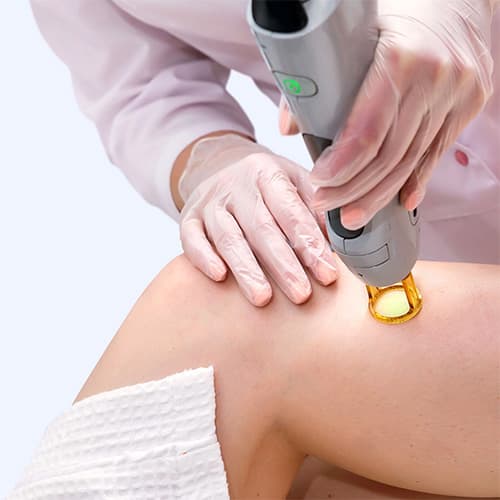
Endovenous Laser Ablation
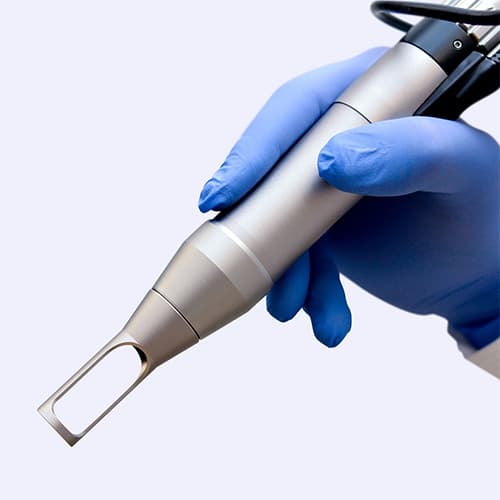
Radiofrequency Ablation
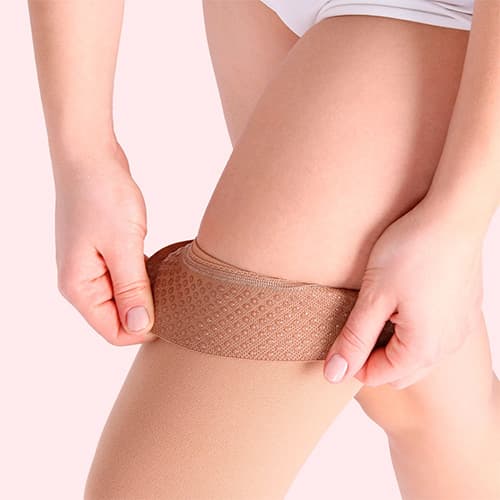
Compression Stockings
